
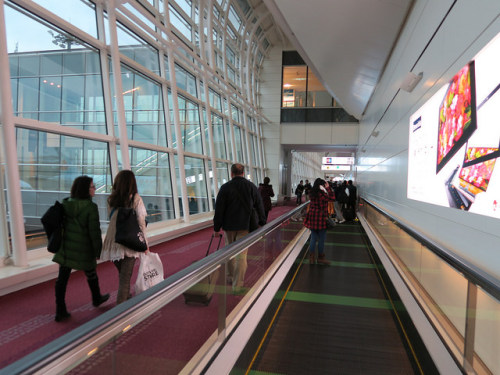
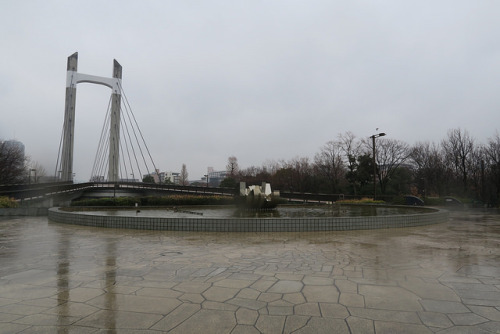
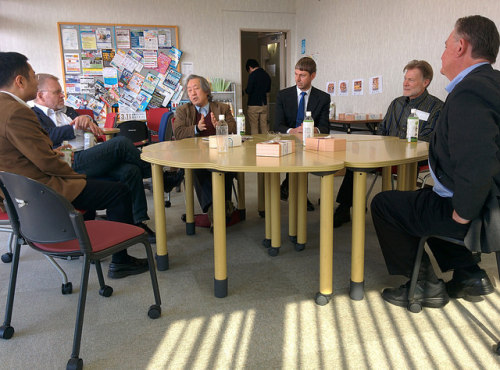
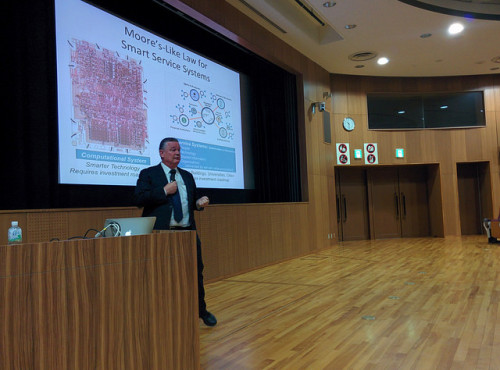
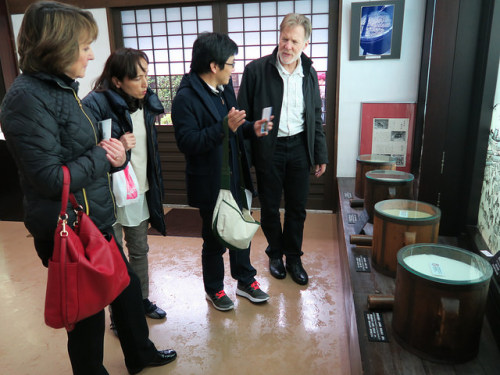
Continue reading “2015/02-w4 03-w1-2 Moments February 2015 week 4, March 2015 weeks 1-2“






Continue reading “2015/02-w4 03-w1-2 Moments February 2015 week 4, March 2015 weeks 1-2“
On a mission from DY, my first destination was Harajuku. I went looking for crafting supplies at the Daiso (100 yen) store.
The products aren’t made in Japan, but the variety is wider than in other branches internationally.
A few blocks further east, the Design Festa Gallery changes its installations rapidly, with emerging artists showing their work for nominal costs.
The variety of work includes paintings, photographs and sculpture by mostly Japanese artists.
While most rooms are barely large enough for an overnight stay — Design Festa also offers artists accommodations from late evening to early morning, when the gallery is closed — this week featured a wall where artists could claim an 80 x 80 cm display space. Continue reading “2011/03/01-09 Harajuku, Aoyama, Enoshima, Kamakura, Yokohama, Mizonokuchi“
The fork on the east side is Harajuku Street. I remember walking down this stretch and thinking that the buildings didn’t seem very interesting.
One or two intersections up, looking to the right, is a strange building at the end of the street.
Design Festa Gallery always amuses me, with the nearly-random pipes on the front facade of the building.
Since I’ve been to the gallery before, I decided to start on the upper floors for a change. The murals on the stairwell walls are entertaining.
We were greeted by two Japanese girls, who asked us to rate our favourite student paintings of the day. Continue reading “2009/03/01 Design Festa Gallery, Cat Street, Omotesanda Street, Harajuku Bridge“
The entry is certainly welcoming to visitors.